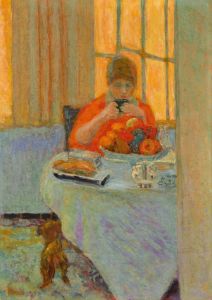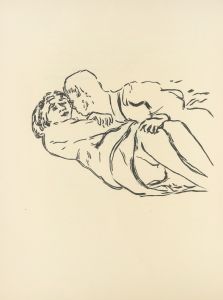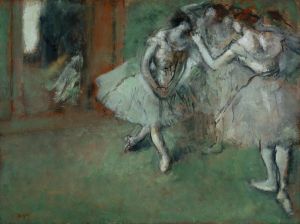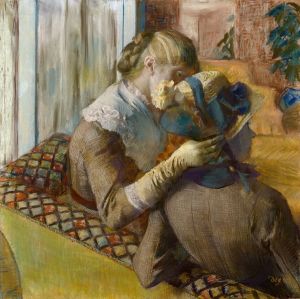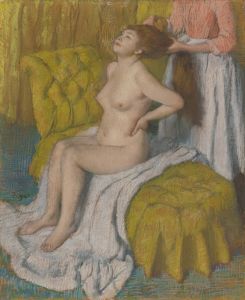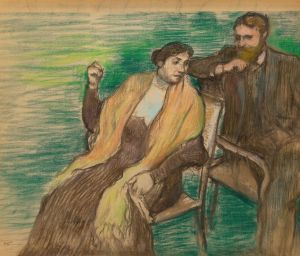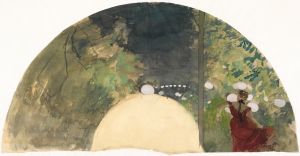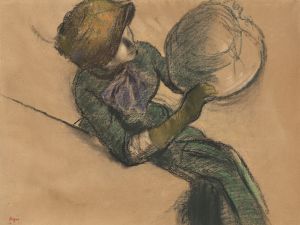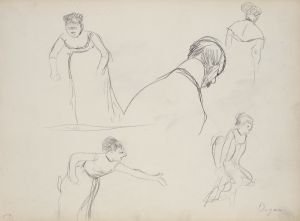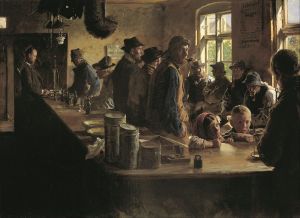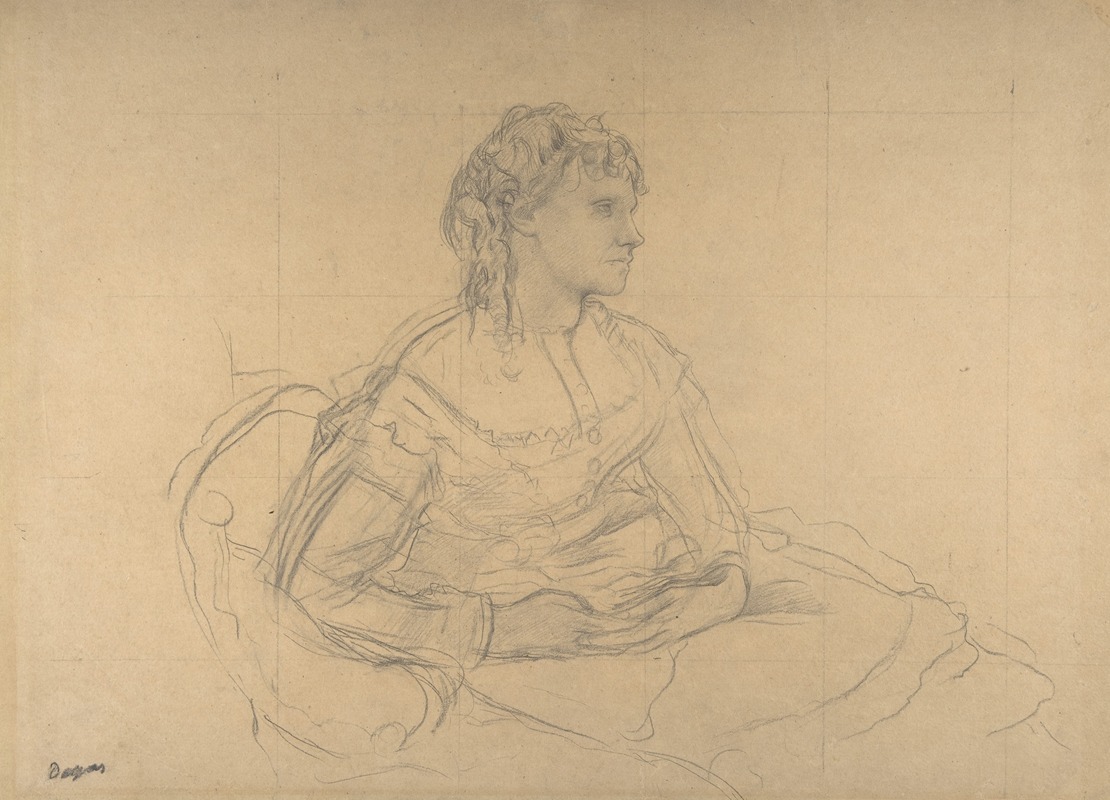
Study for ‘Mme Théodore Gobillard’
A hand-painted replica of Edgar Degas’s masterpiece Study for ‘Mme Théodore Gobillard’, meticulously crafted by professional artists to capture the true essence of the original. Each piece is created with museum-quality canvas and rare mineral pigments, carefully painted by experienced artists with delicate brushstrokes and rich, layered colors to perfectly recreate the texture of the original artwork. Unlike machine-printed reproductions, this hand-painted version brings the painting to life, infused with the artist’s emotions and skill in every stroke. Whether for personal collection or home decoration, it instantly elevates the artistic atmosphere of any space.
Edgar Degas, a prominent French artist known for his contributions to Impressionism, created the artwork "Study for ‘Mme Théodore Gobillard’" during his prolific career in the late 19th century. Degas is celebrated for his mastery in capturing movement and his innovative compositions, often focusing on dancers, women, and scenes of modern life. This particular study is a testament to his skill in portraiture and his ability to convey the personality and essence of his subjects.
The subject of this study, Mme Théodore Gobillard, was related to Degas through his social circle, which included many artists and intellectuals of the time. The Gobillard family was connected to the Impressionist movement, as Berthe Morisot, a notable Impressionist painter, was married to Eugène Manet, the brother of Édouard Manet, another key figure in the movement. This interconnectedness among artists and their families often provided Degas with subjects for his works.
In "Study for ‘Mme Théodore Gobillard’," Degas employs his characteristic style, which often includes a focus on the interplay of light and shadow, as well as a keen attention to detail. His studies were typically preparatory works, allowing him to explore composition, form, and technique before executing a final piece. This approach was common in Degas' practice, as he frequently revisited themes and subjects, refining his ideas through multiple iterations.
Degas' technique in this study likely involved the use of pastels, a medium he favored for its ability to convey texture and depth. Pastels allowed Degas to layer colors and create a sense of immediacy and vibrancy in his work. His use of color and line would have been instrumental in capturing the likeness and character of Mme Gobillard, providing insight into her personality and status.
The study reflects Degas' interest in the human form and his ability to depict it with both realism and sensitivity. His portraits often reveal an intimate understanding of his subjects, achieved through careful observation and a deep appreciation for the nuances of human expression. This attention to detail is evident in the way Degas renders the features and attire of Mme Gobillard, suggesting her social standing and personal style.
While the final version of the portrait of Mme Théodore Gobillard may not be as widely recognized as some of Degas' other works, the study remains an important example of his portraiture. It highlights his commitment to capturing the essence of his subjects and his skill in using various media to achieve his artistic goals.
Overall, "Study for ‘Mme Théodore Gobillard’" exemplifies Edgar Degas' prowess as a portrait artist and his dedication to exploring the complexities of human character through art. His work continues to be celebrated for its innovation, technical skill, and emotional depth, securing his legacy as one of the leading figures of the Impressionist movement.






